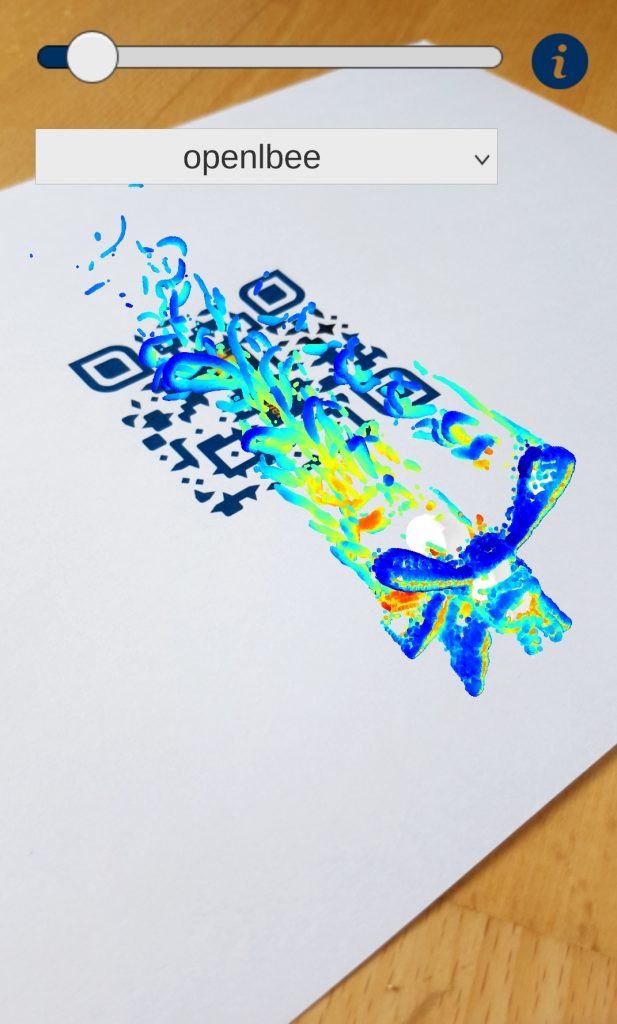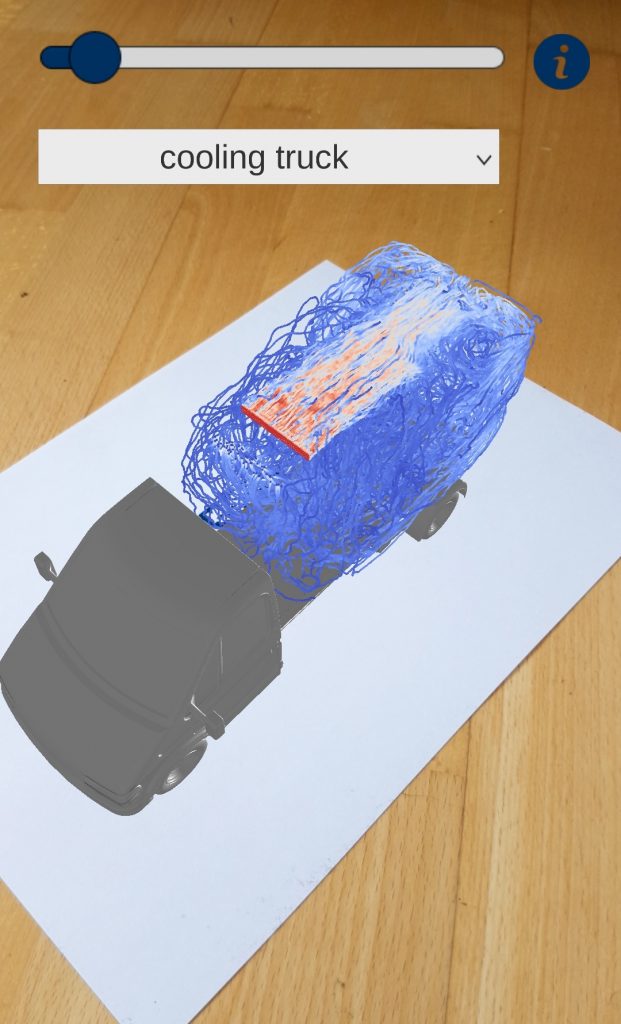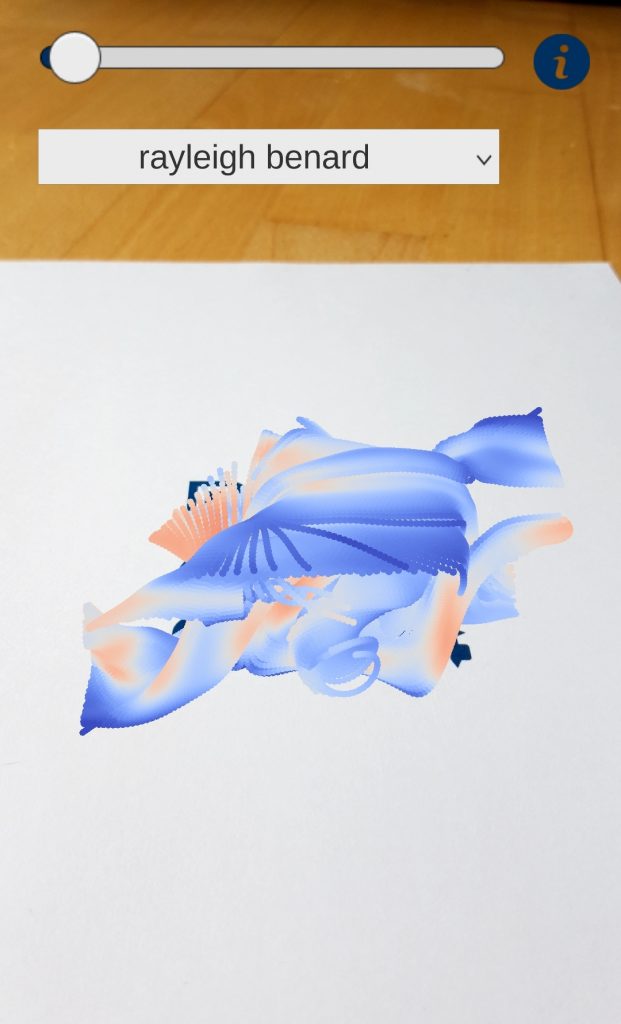Registration is now open for the Sixth Spring School on Lattice Boltzmann Methods with OpenLB Software Lab that will be held in Greenwich/London, UK from 5th to 9th of June 2023. The spring school introduces scientists and applicants from industry to the theory of LBM and trains them on practical problems. The first half of the week is dedicated to the theoretical fundamentals of LBM up to ongoing research on selected topics. Followed by mentored training on case studies using OpenLB in the second half, where the participants gain deep insights into LBM and its applications. This educational concept offers a comprehensive and personal guided approach to LBM. Participants also benefit from the knowledge exchange during the poster session, coffee breaks, and the excursion. We look forward to your participation.
Keep in mind that the number of participants is limited and that the registration follows a first come first serve principle.
On behalf of the spring school executive committee, Nicolas Hafen, Mathias J. Krause, Jan E. Marquardt, Timothy Reis, Choi-Hong Lai, Tao Gao, Andrew Kao





